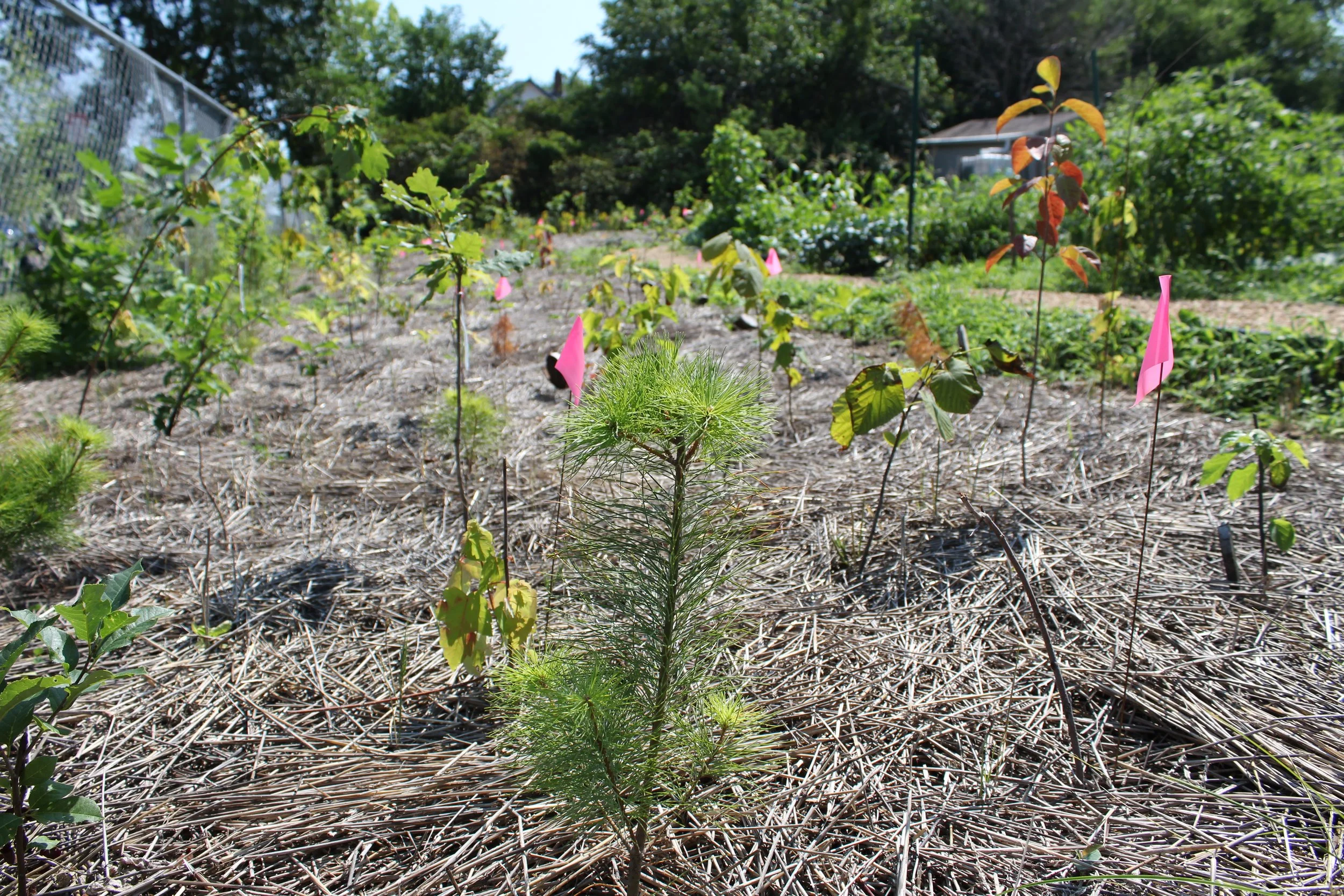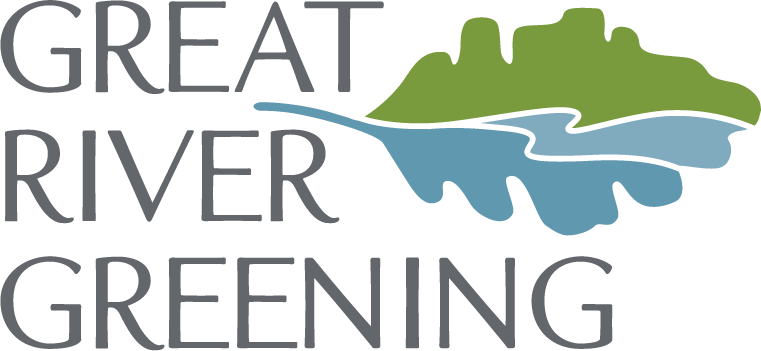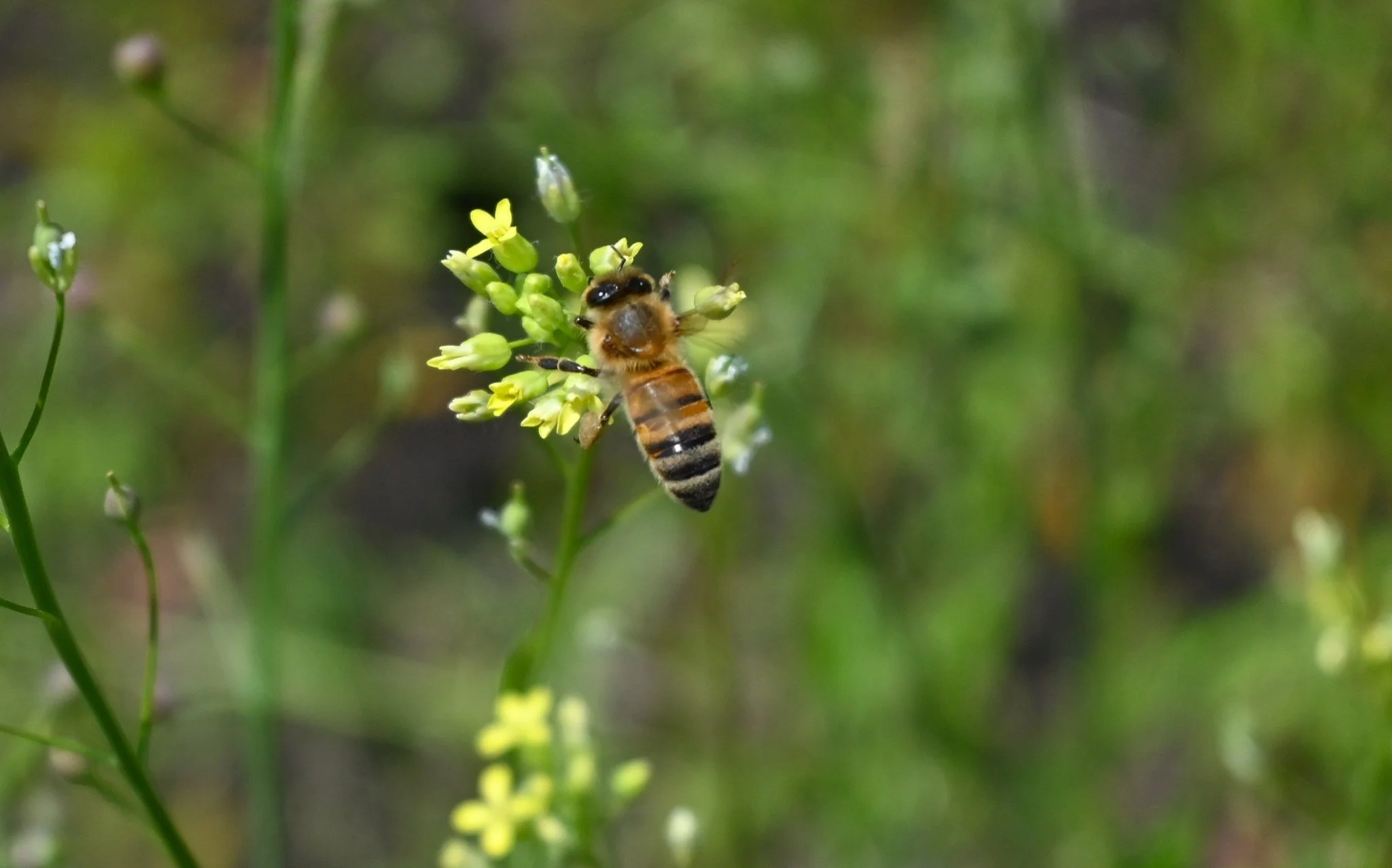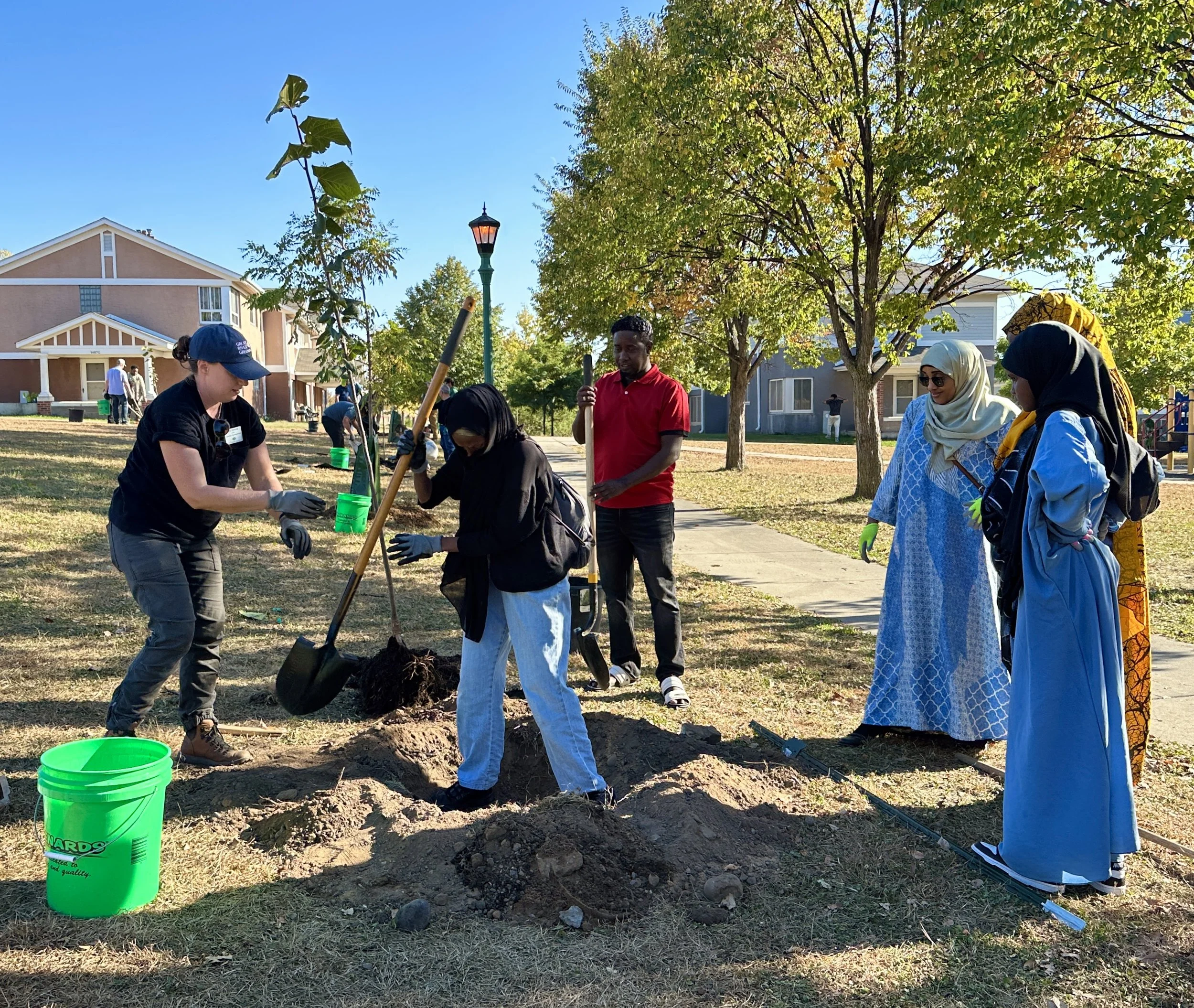
2024 Annual Report
A Year of Deep Roots
Every year, I’m reminded that the most meaningful growth doesn’t just happen above ground—it starts with deep investment in our roots. In 2024, Great River Greening planted more than trees—we planted the groundwork for the next decade of climate action, community partnership, and ecological restoration across Minnesota.
This was a year of remarkable milestones:
We grew to a $5 million organization with a staff of over 35, a testament to the trust you place in our mission and the momentum we’re building together. Just five years ago, we were half that size. This growth isn’t just about numbers—it reflects a deeper reach into the communities, lands, and partnerships we serve.
We launched Cooling Minnesota Communities, our largest federal investment to date, bringing shade and climate resilience to neighborhoods where it’s needed most. From Saint Paul schoolyards and Brooklyn Center boulevards to parks and backyards in Faribault and Owatonna, we’re working hand-in-hand with communities to cool their landscapes, reduce urban heat, and build lasting change—tree by tree.
We made a bold commitment to climate-smart land management with a significant investment in our mobile biochar initiative. By purchasing and deploying specialized equipment, we’ve become Minnesota’s only nonprofit leading this cutting-edge work—transforming forest waste into a tool for carbon storage, soil health, and wildfire mitigation.
These are just a few of our points of pride from 2024. Great River Greening is rooted in collaboration and growth through your support. I invite you to read on and celebrate the impact we’ve made together.
In gratitude,
Kateri
We completed the multi-phase Afton Trout Brook project, restoring a stream that had been buried by 10-15 feet of sand from 19th- and early 20th- century logging. Our work included installing in-stream habitat structures, replacing perched culverts to enable fish migration, and planting over 2,394 native plants to stabilize streambanks and create critical habitat. These improvements transformed two miles of shoreline, enabling the stream to once again support cold-water aquatic life. In partnership with others, we released 2,500 Brook Trout, marking a key success in restoring this vital ecosystem.
AFTON TROUT BROOK RESTORATION
We proudly played a pivotal role in the first batch of Winter Camelina used for Delta Air Lines’ first commercial flight this fall using Sustainable Aviation Fuel (SAF). Developed by the UMN's Forever Green Initiative, this resilient crop enhances soil health and biodiversity, provides vital pollinator habitat, and produces seed-based oil with a reduced greenhouse gas footprint. In partnership with Cargill, Delta, and the Minnesota SAF Hub, we are advancing regenerative agriculture and helping pave the way for a greener future. (Photo caption: bee on winter camelina in bloom.)
REGENERATIVE AG PROGRAM TAKES FLIGHT
In September, we launched the Cooling Minnesota Communities (CMC) program in partnership with the St. Paul Public Housing Agency and the City of St. Paul, planting 70 trees at the McDonough Homes. Funded by a USDA Forest Service grant, CMC aims to plant and water up to 10,000 trees, remove dead ash trees and distribute free trees to residents. The program, which received the Environmental Initiatives Award for Community-led Collaboration, aims to combat extreme heat, enhance climate resilience, and increase equitable access to tree canopies across the state.
AWARD-WINNING COOLING MINNESOTA COMMUNITIES PROGRAM
FUTURE STEWARDS
Future Stewards engaged 688 students across five schools, with four metro schools now having established native plant gardens. With 84% of the students identifying as low-income or BIPOC, the program provides hands-on outdoor education in biodiversity, land restoration, and nature-based solutions. Students planted 400 native species – blending classroom learning with real-world action to inspire the next generation of environmental stewards.
In December, we showcased the capabilities of our newly fabricated big-box biochar kiln—the first of its kind in Minnesota. This mobile kiln is approximately 3 to 6 times larger than traditional smaller flame-capped kilns and can process larger volumes of wood biomass, producing up to 9 cubic yards of biochar per use, with two loads possible daily. Its larger capacity boosts efficiency and higher biochar output, making it a key tool in land restoration and carbon sequestration, advancing sustainable practices across the state.
MINNESOTA’S FIRST BIG-BOX BIOCHAR KILN
2024 BY THE NUMBERS
10,268 ACRES
Land restored or sustainably managed
688 FUTURE STEWARDS
Youth engaged in hands-on planting, restoration, and stewardship work, setting a record.
6,918 VOLUNTEER ENGAGEMENTS
Number of people who donated their time and skills, breaking previous records.
10,679 HOURS
Time spent by volunteers conserving and caring for Minnesota’s
natural resources.
29,138
Number of trees, shrubs, grasses and wildflowers planted.
118,945 METRIC TONS
Amount of carbon sequestered through restoration and sustainable management at our project sites—
equivalent to removing 25,858 cars off the road.






